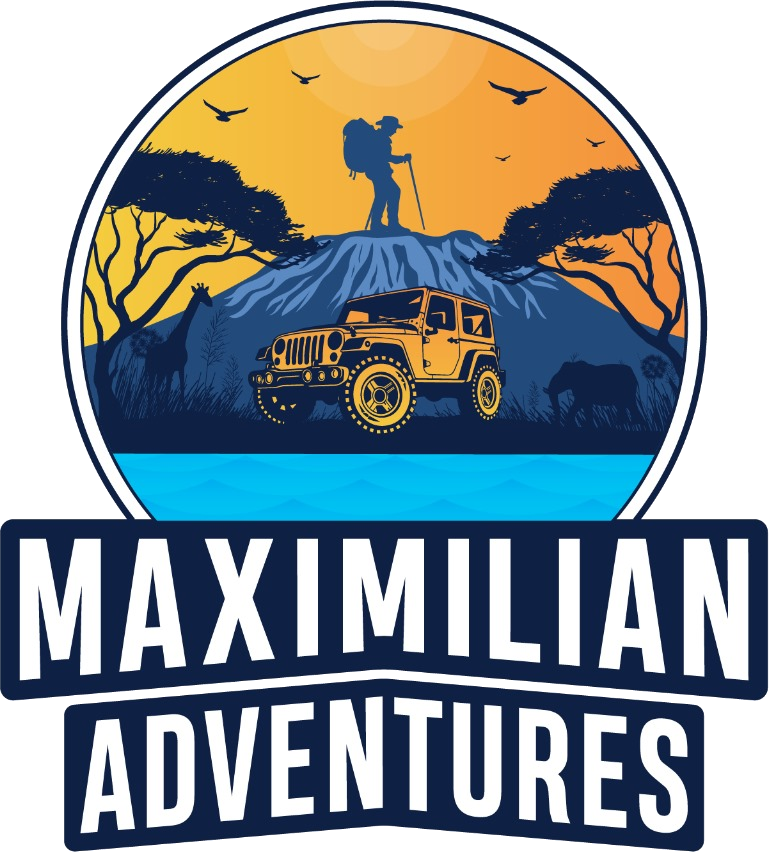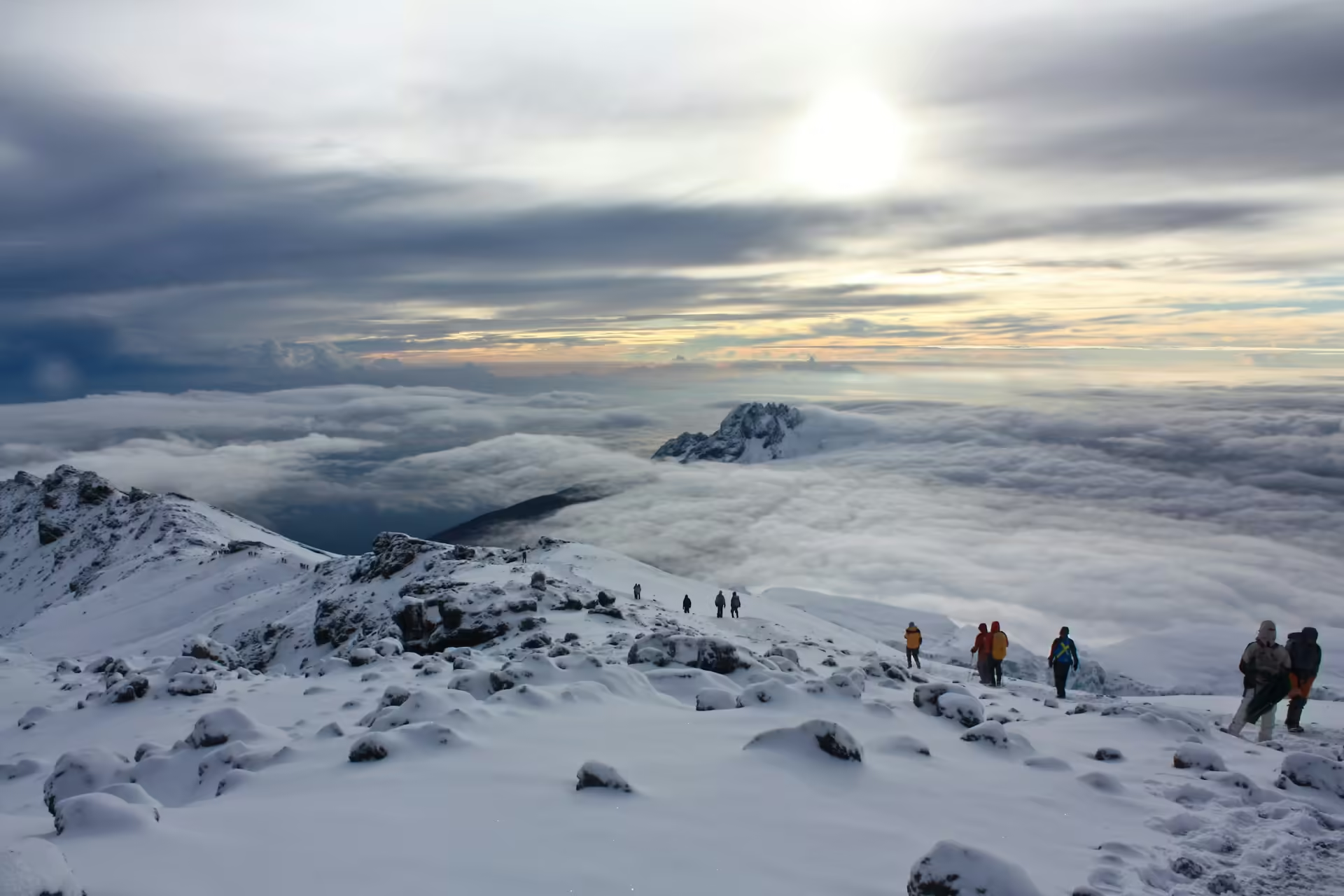
Kilimanjaro Difficulty Level: What Every Climber Should Know
Mount Kilimanjaro, Africa’s highest peak, is a bucket-list adventure for trekkers and climbers worldwide. Rising 5,895 meters (19,340 feet) above sea level, this Tanzanian giant is a non-technical climb, meaning that climbers do not need advanced mountaineering skills to summit. However, this does not mean the climb is easy. Kilimanjaro presents unique challenges, especially for those new to high-altitude trekking. Understanding Kilimanjaro difficulty level is essential for anyone considering the climb. Here’s everything you need to know to prepare for this journey.
How hard is it to climb Kilimanjaro?
Kilimanjaro is not just the tallest mountain in Africa; it is also the tallest free-standing mountain in the world, towering majestically above the surrounding plains. Located in Tanzania, it attracts thousands of adventurers each year. What makes Kilimanjaro special is its accessibility—while the climb is tough, it does not require technical climbing gear like ropes or harnesses.
Despite this accessibility, many underestimate the mountain. Every year, climbers face difficulties related to altitude, weather conditions, and physical endurance. The variety of routes available also plays a role in determining the climb’s difficulty. Whether you’re a seasoned mountaineer or someone entirely new to trekking, understanding Kilimanjaro’s challenges is crucial before embarking on this life-changing expedition.
Factors Affecting Kilimanjaro’s Difficulty
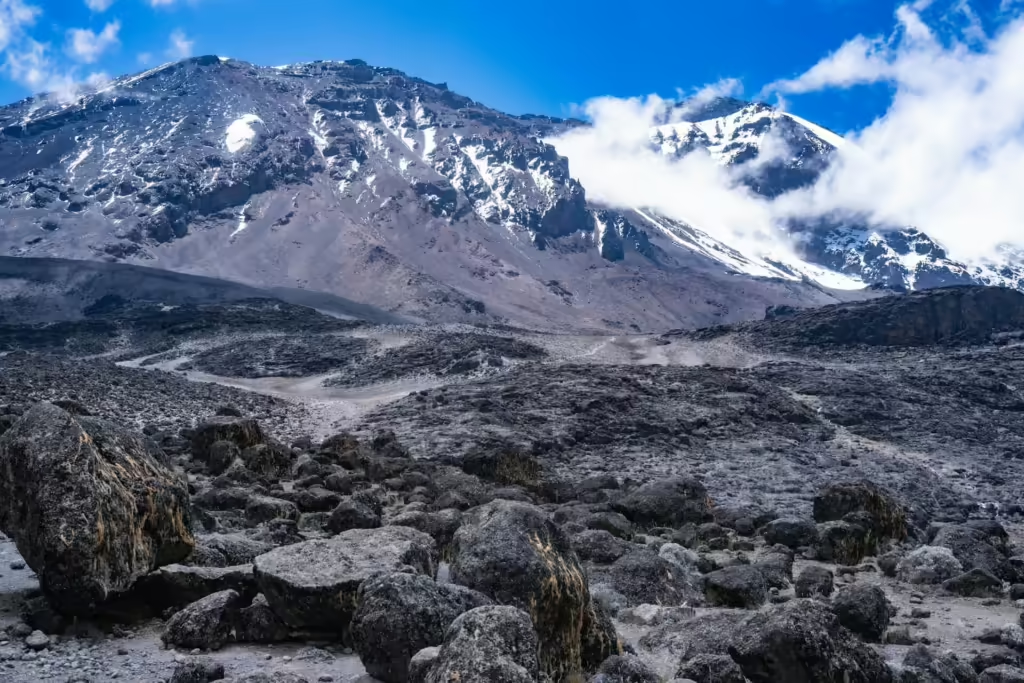
Kilimanjaro’s difficulty is influenced by various factors, including altitude, terrain, weather, and your physical and mental fitness.
1. Altitude
Altitude is by far the most challenging aspect of climbing Kilimanjaro. The summit, Uhuru Peak, stands at nearly 5,895 meters (19,340 feet). At these heights, oxygen levels are significantly reduced, making it difficult to breathe and leading to altitude sickness. Symptoms of altitude sickness range from headaches and nausea to severe complications like pulmonary or cerebral edema. To combat this, climbers need to pace themselves and allow for proper acclimatization. Choosing longer routes with more gradual ascents can help reduce the risk.
2. Terrain
Kilimanjaro’s landscape is incredibly diverse. Climbers traverse five distinct climate zones, from lush rainforests at the base to barren, arctic conditions at the summit. The terrain ranges from muddy forest floors to rocky alpine deserts, and eventually, glaciers near the peak. Each zone presents its own challenges, requiring climbers to be prepared for shifting conditions. The ascent can be physically demanding, with steep sections, loose gravel, and occasional scrambling over rocks.
3. Weather
Weather on Kilimanjaro is unpredictable and varies greatly depending on the season and altitude. While lower elevations can be hot and humid, temperatures at the summit often drop well below freezing, especially at night. Sudden rain or snowstorms can occur, adding an extra layer of difficulty. Climbers must be prepared for all conditions, packing appropriate gear to handle the wide temperature range.
4. Physical Fitness
While no technical climbing skills are required, Kilimanjaro demands a high level of physical fitness. The climb involves trekking for 5-9 days, often for 6-8 hours per day. Steep ascents and long days at high altitudes can exhaust even experienced hikers. Cardiovascular endurance, leg strength, and core stability are critical to handle the daily demands of the climb.
5. Mental Resilience
Kilimanjaro is as much a mental challenge as a physical one. Long days, altitude fatigue, cold temperatures, and discomfort can wear down climbers mentally. Maintaining a positive attitude and staying motivated is important. Those who succeed often credit mental resilience as a key factor in reaching the summit.
Kilimanjaro Routes and Their Difficulty Levels
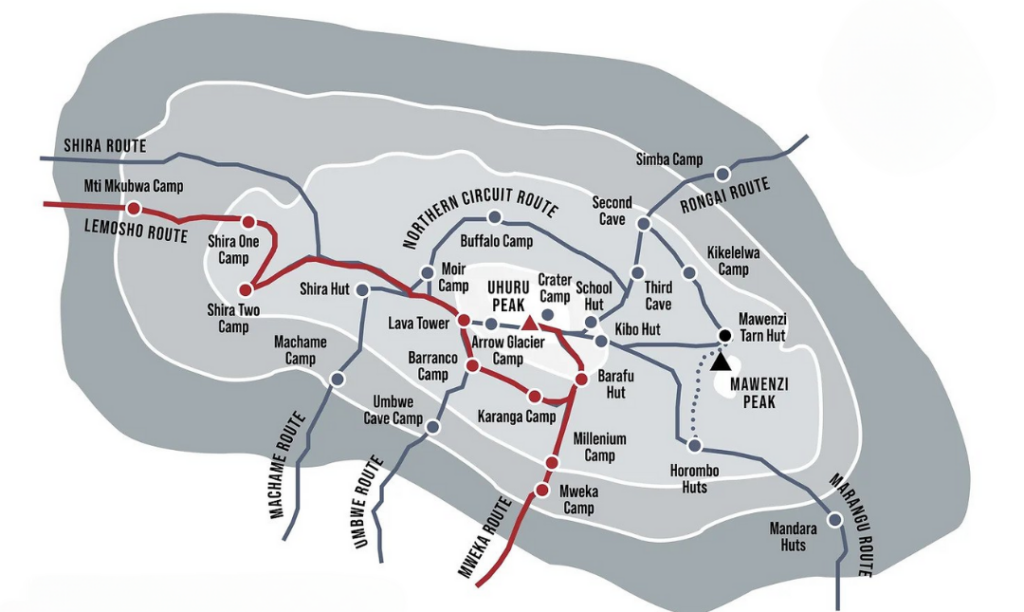
Choosing the right route is crucial to determining your Kilimanjaro experience. Each of the seven routes varies in difficulty, length, scenery, and acclimatization opportunities.
1. Marangu Route
The Marangu Route is the most popular and often considered the easiest path to the summit. However, it’s also the shortest, typically completed in 5-6 days, which makes it risky in terms of altitude acclimatization. Despite its reputation as a beginner-friendly route, many climbers struggle with altitude sickness because of the fast ascent.
- Challenges: Shorter acclimatization period, and crowded.
- Suitability: Best for climbers with limited time but willing to take on the risk of altitude sickness.
2. Machame Route
Machame route, known as the “Whiskey Route” has a higher difficulty level compared to Marangu. It is longer, typically taking 6-7 days, which offers better opportunities for acclimatization. Machame is also one of the most popular and scenic routes, passing through dense rainforests, moorlands, and alpine deserts before reaching the summit.
- Challenges: Steeper, more physically demanding trail with several ascents and descents.
- Suitability: Ideal for moderately fit climbers looking for a balance of difficulty and scenic beauty.
3. Lemosho Route
The Lemosho Route is considered one of the best options for those who want a more gradual ascent with breathtaking scenery. The route typically takes 7-8 days, allowing plenty of time for acclimatization. It starts on the western side of the mountain, offering a quieter, less crowded experience compared to other routes.
- Challenges: Moderate to hard due to length, but the gradual ascent makes it manageable.
- Suitability: Excellent for first-time trekkers who want to increase their chances of summiting while avoiding the crowds.
4. Rongai Route
Approaching Kilimanjaro from the north, the Rongai Route is one of the drier and less crowded routes. While it offers less dramatic scenery compared to others, it’s known for being a steady, gradual climb. This route is a great option during the rainy season when the southern routes can be muddy and slippery.
- Challenges: Less scenic, but steady and reliable.
- Suitability: Good for those seeking a quieter climb with a steady ascent.
5. Umbwe Route
The Umbwe Route is viewed as the most difficult of all Kilimanjaro routes due to its steep and direct ascent. With fewer opportunities for acclimatization and a challenging incline, this route is only recommended for experienced climbers who are confident in their physical abilities and altitude resilience.
- Challenges: Extremely steep and difficult, with minimal time for acclimatization.
- Suitability: Best for seasoned trekkers and adventurers with prior high-altitude experience.
6. Northern Circuit Route
The Northern Circuit is the newest and longest route to the summit, offering the best acclimatization opportunities and stunning, varied landscapes. This 9-10 day trek circles the mountain and allows climbers to experience some of the most remote and beautiful parts of Kilimanjaro.
- Challenges: Lengthy and requires stamina, but offers the highest summit success rate.
- Suitability: Ideal for those who want to maximize their chances of reaching the summit and enjoy a less crowded, scenic trek.
Who Should Attempt trekking to Kilimanjaro?
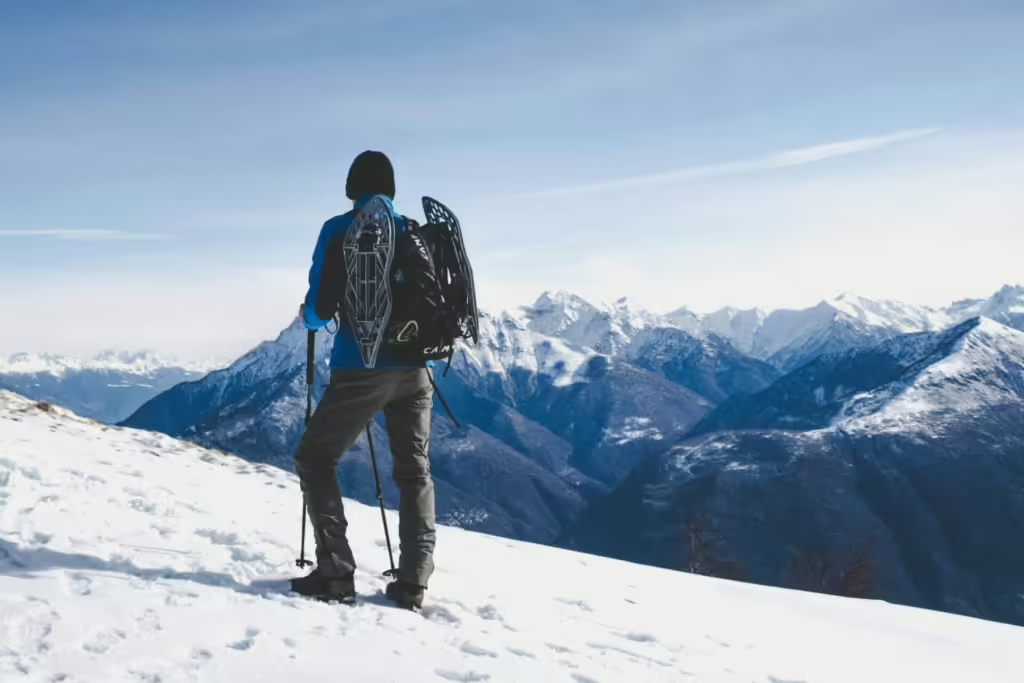
1. Experienced Climbers
For seasoned adventurers, Kilimanjaro offers a unique challenge. While it lacks the technical difficulties of other high peaks, the altitude and length of the trek demand strong endurance and altitude tolerance.
2. Beginner Climbers
Beginners can also attempt Kilimanjaro, but they need to carefully choose their route and prepare thoroughly. Longer routes like Lemosho or Northern Circuit are better for those new to trekking as they provide more time for acclimatization and increase the chances of a successful summit.
3. Trekkers of Average Fitness
If you are generally fit and active but not an experienced climber, you can successfully summit Kilimanjaro with the right preparation. Regular hikers and gym-goers with good cardiovascular fitness and leg strength are well-suited for the challenge.
4. Health Conditions and Considerations
Those with pre-existing health conditions, particularly respiratory or heart-related issues, should consult a doctor before attempting the climb. The high altitude and physical demands can aggravate these conditions.
Preparation Tips for Climbing Kilimanjaro
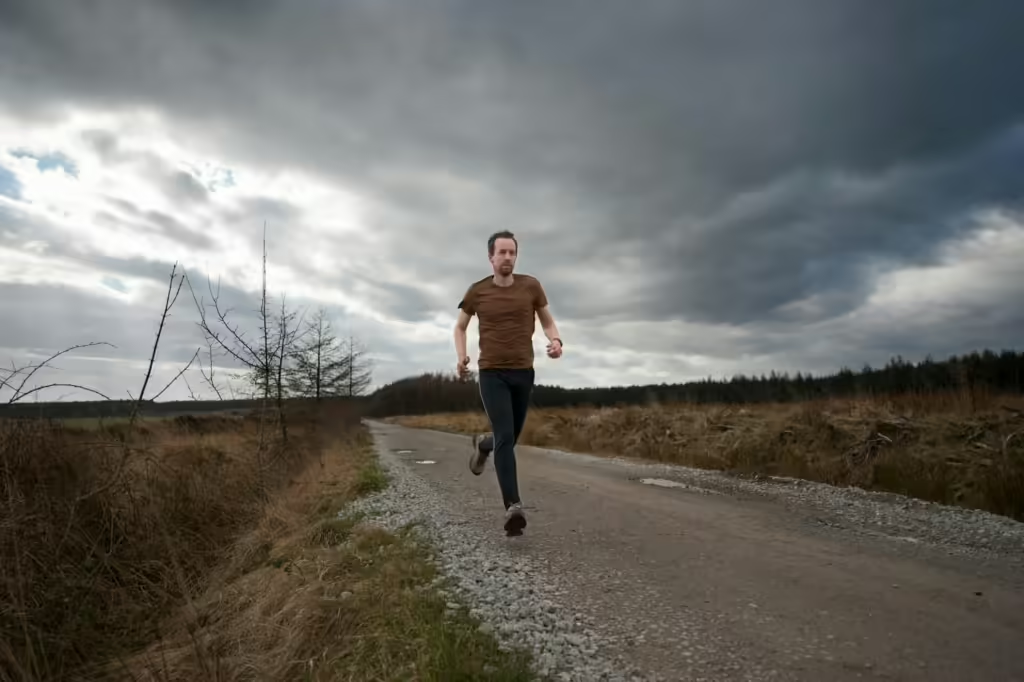
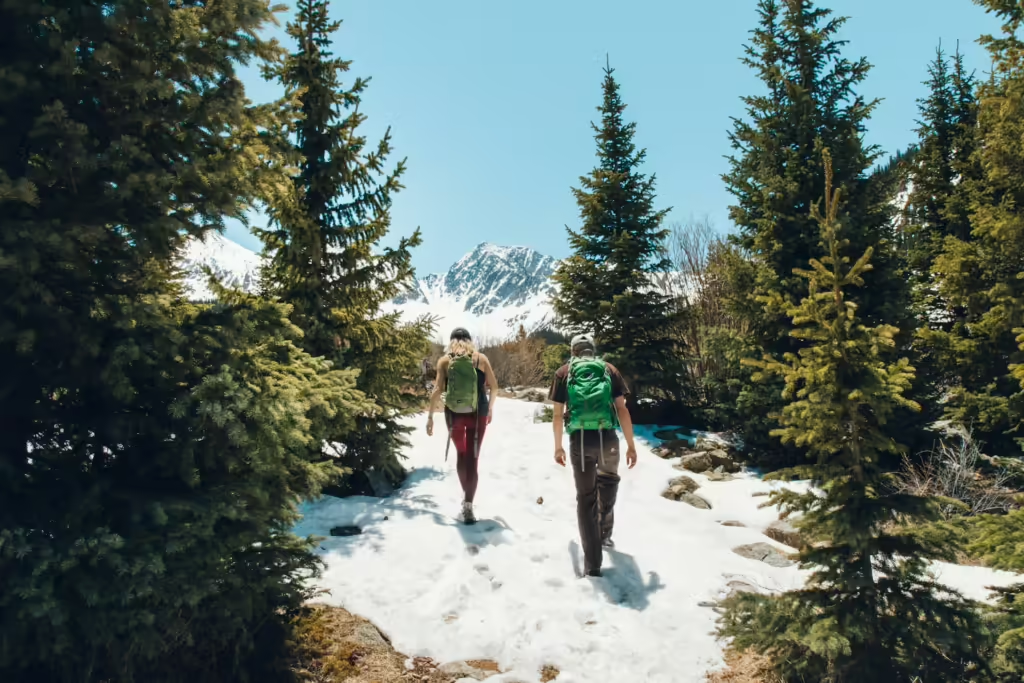
1. Physical Training
Endurance is key for Kilimanjaro. Start training months in advance with long hikes, cardiovascular workouts (running, cycling), and strength training for your legs and core. If possible, hike in areas with significant elevation to mimic the challenge of ascending Kilimanjaro.
2. Mental Preparation
Mental strength is as important as physical fitness. Prepare yourself for long, tiring days and the potential for discomfort due to altitude sickness, cold, or fatigue. Set small goals each day to keep yourself motivated.
3. Acclimatization
Choose a longer route to give your body time to adjust to the altitude. Avoid rushing to the summit and follow the “pole pole” (slowly, slowly) approach.
4. Gear Checklist
- Clothing: Dress in layers to handle varying temperatures, including thermal base layers, waterproof jackets, and insulated outer layers for the summit.
- Footwear: Sturdy hiking boots with fair ankle support.
- Accessories: Trekking poles, a warm sleeping bag, headlamp, gloves, and a hat.
- Backpack: A comfortable pack for carrying essentials like water, snacks, and rain gear.
5. Hiring Guides and Porters
It’s mandatory to hire a local guide and porter for your climb. They not only carry your equipment but also provide valuable knowledge about the mountain, first aid, and assistance if altitude sickness occurs.
6. Nutrition and Hydration
Drink lots of water to remain hydrated and minimize the effects of altitude sickness. Eat energy-dense foods like nuts, energy bars, and fruits to keep your energy levels up.
Check out our detailed blog post on high-altitude trekking.
Common Challenges and How to Overcome Them
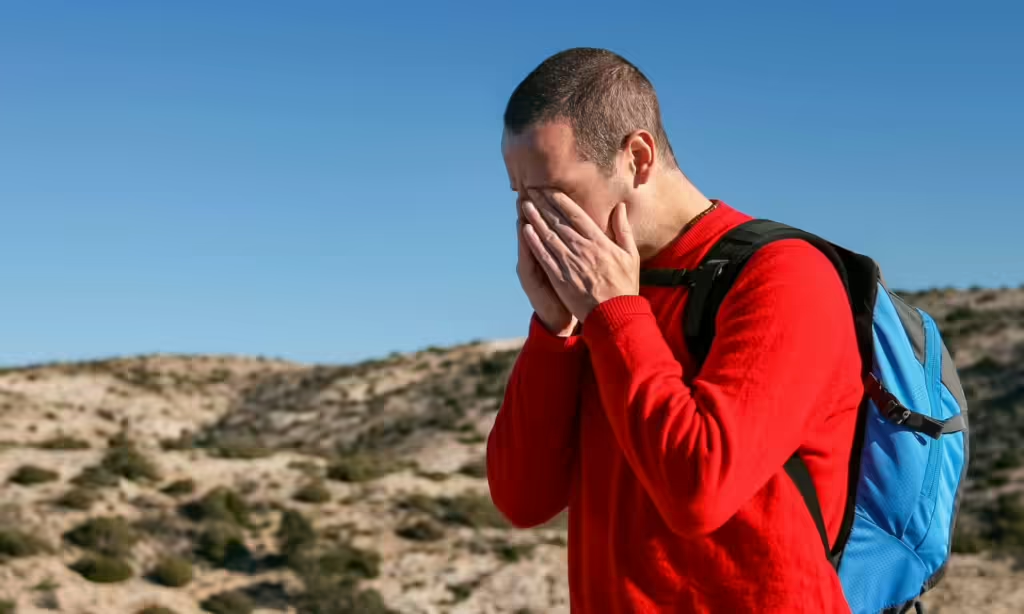
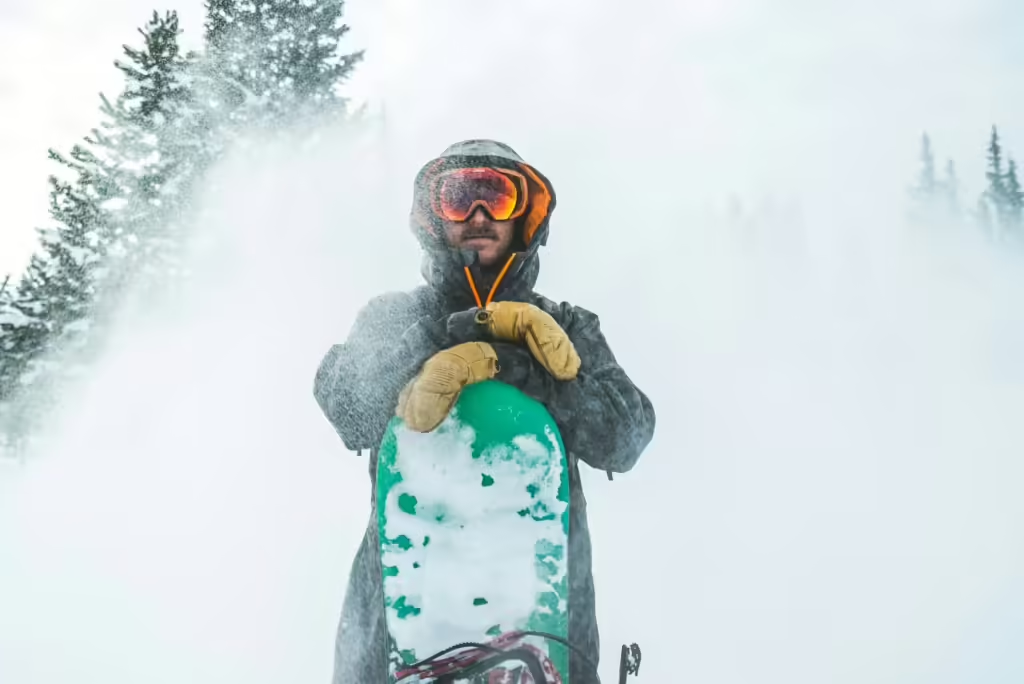
1. Altitude Sickness
Altitude sickness is a significant risk on Kilimanjaro. Watch for symptoms like headaches, nausea, and shortness of breath. If symptoms worsen, descend immediately. Take it slow and follow your guide’s advice for acclimatization.
2. Dealing with Fatigue
Fatigue is common after several days of trekking. Rest whenever possible, eat high-energy snacks, and stay hydrated. Mental stamina will also help push through tiredness.
3. Cold and Weather Conditions
Pack appropriate gear to stay warm and dry. At the summit, temperatures can drop to -20°C (-4°F), so thermal clothing, insulated jackets, and good-quality gloves are a must.
4. Mental Challenges
Staying motivated is crucial, especially during long summit nights. Break the trek into manageable chunks, focus on the beauty around you, and keep the summit goal in mind.
Success Rate
Kilimanjaro’s success rate varies depending on the route and the climber’s preparation. Longer routes like the Lemosho and Northern Circuit boast the highest success rates (80-90%) due to better acclimatization opportunities. In contrast, shorter routes like Marangu see lower success rates (50-60%).
Conclusion
Climbing Kilimanjaro is a challenge, but with proper preparation, it’s an achievable goal. With the right training, mental resilience, and a gradual ascent, reaching the summit is possible. The ultimate reward? Standing on the Roof of Africa after conquering one of the world’s greatest trekking challenges.
If you’re ready to embark on the adventure of a lifetime and reach the top of Mount Kilimanjaro, you’re in the right place. At Maximilian Adventures, we guide both experienced and beginner trekkers to the summit of Africa’s highest mountain. We pride ourselves on ensuring high success rates by offering a comprehensive experience.
From transportation and full-day meals to professional mountain guides and supplemental oxygen, we’ve got you covered. All you need to do is choose the route that matches your level, and we’ll take care of the rest.
Don’t wait—book your ultimate Kilimanjaro adventure today!
FAQs
When is the best time to climb Mount Kilimanjaro?
The best time to climb Kilimanjaro is during the dry seasons, from January to mid-March and from June to October. These months offer the best weather conditions, with clearer skies and more favorable temperatures, making the trek more enjoyable.
Is climbing Kilimanjaro worth it?
Absolutely. Climbing Kilimanjaro is a once-in-a-lifetime adventure. You’ll experience diverse ecosystems, breathtaking landscapes, and a true sense of accomplishment when you reach the summit. Plus, the views from the top, particularly during sunrise, are unforgettable.
Is Kilimanjaro a hard climb?
Kilimanjaro is a challenging climb, but it’s considered a non-technical ascent, meaning you don’t need specialized equipment or mountaineering skills. The main challenges are the altitude and the physical endurance required for the multi-day trek. Proper preparation and acclimatization are key to a successful climb.
What country is Mount Kilimanjaro located in?
Mount Kilimanjaro is located in Tanzania, Africa. It’s one of the most iconic landmarks in the country and the highest free-standing mountain in the world.
Will Mount Kilimanjaro erupt again?
Mount Kilimanjaro is a dormant volcano, meaning it hasn’t erupted in thousands of years. While it’s not extinct, there are no signs that it will erupt again anytime soon, making it safe for climbers.
Can you climb Kilimanjaro without training?
While it’s technically possible, it’s not recommended. Climbing Kilimanjaro requires stamina and endurance, as it involves long days of trekking at high altitudes. Training with cardiovascular workouts, hiking, and strength-building exercises a few months before your climb will significantly improve your chances of success.
What is Mount Kilimanjaro’s death rate?
The death rate on Mount Kilimanjaro is relatively low, around 10 people per year out of approximately 30,000 climbers. Most fatalities are due to altitude sickness, pre-existing health conditions, or accidents. Choosing an experienced guide, proper acclimatization, and listening to your body can help reduce the risks.
Recent Posts
Best Usdt Casinos With Instant Deposit & No-kyc 750
Where to Stay in Tanzania | Lodges, Resorts and Campsites
Why Chapwani Island Should Be on Your Travel List in 2025

Safari

